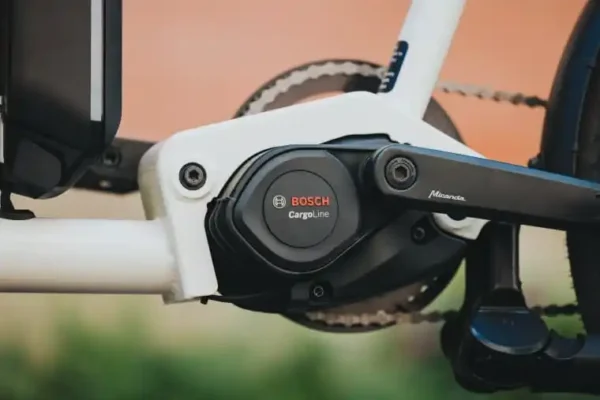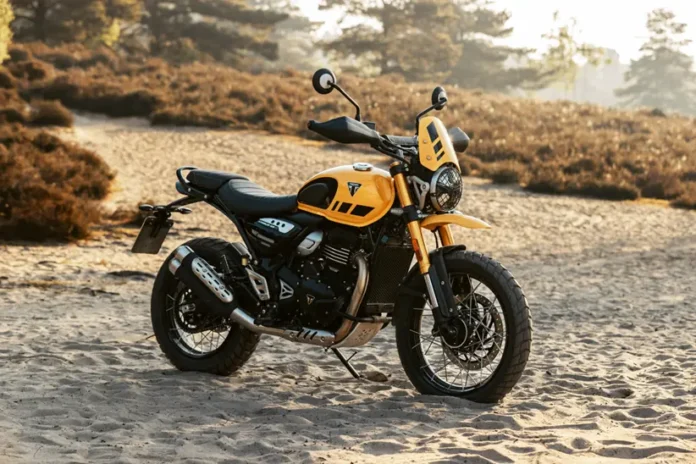The E-Bike Divide: North America vs. Europe
The e-bike industry in the west has been a tale of two territories. On one side, we have North Americans, who enjoy higher speeds and more powerful electric bicycles. In contrast, Europeans are often constrained by stricter regulations that impose lower speed and power limits. However, recent discussions about rewriting European e-bike regulations indicate a potential shift towards greater leniency.

Germany’s Influence on E-Bike Regulations
Germany, as a leader in the European e-bike market, known for accounting for about two million sales annually, is at the forefront of these discussions. Home to major e-bike drive manufacturers like Bosch, Germany wields considerable influence over regulatory changes. The German trade organization, ZIV, is discussing pivotal updates that could reshape current EU electric bike laws.
Proposed Changes to Power Limits and Weights
One of the major proposals involves increasing the power limits for e-bikes from the existing 250 watts of continuous power to a peak power of 750 watts. This change aims to provide e-bike enthusiasts with a more enhanced riding experience. Additionally, discussions are also on the table concerning weight limits for cargo e-bikes, suggesting limits of 250 kg for two-wheelers and 300 kg for those with more than two wheels. Such changes reflect the growing popularity of heavy-duty cargo e-bikes, which resemble delivery vans more than traditional bicycles.
While it remains unclear whether these regulations will be enacted, the mere fact that influential voices are advocating for change underlines the potential for a more dynamic future in the European e-bike market.




